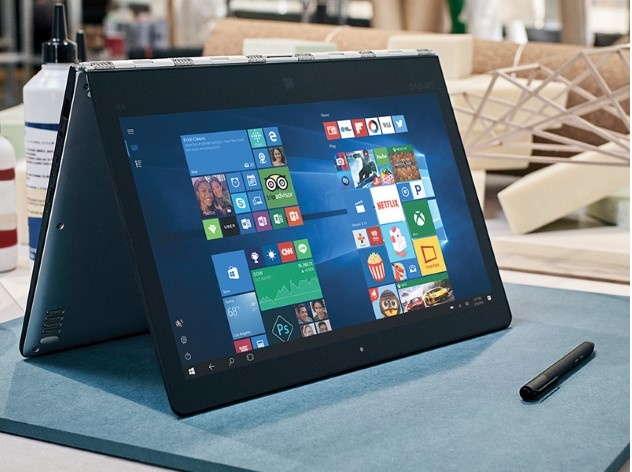When looking at Windows 10 growth, it is a two-sided tale. On the one hand, the platform has grown consistently and solidly over the years. On the other hand, the decade old Windows 7 has remained the most used version for enterprise. We have been expecting that to swing in the coming years. Microsoft will end support for Windows 7 in 2020. Organizations will be forced to update or risk having their software network lacking security patches. Many organizations are now making the upgrade to Windows 10. Microsoft says the switch is becoming evident as the platform now hold a majority in enterprise. CEO Satya Nadella confirmed as much yesterday, saying “more than half of the commercial device installed base is on Windows 10.” Still, Microsoft is still in a situation where nearly 50 percent of enterprise Windows devices are running earlier versions, most of them Windows 7.
Upgrading
Earlier this year, Microsoft said it wants to help organizations through the transition to Windows 10. The company wants partners to help convince businesses to upgrade from Windows 7 to Windows 10. “Because of those reasons and more it’s time to get to Windows 10 and modern commercial devices,” said Louisa Gauthier, product and marketing leader, Microsoft. “Why is end of support so important for us? Because it is a huge opportunity to get your customers to modern. It is an opportunity estimated to be worth $100bn when you put together all the partner services, Office and solution opportunity over three years,” she added.




